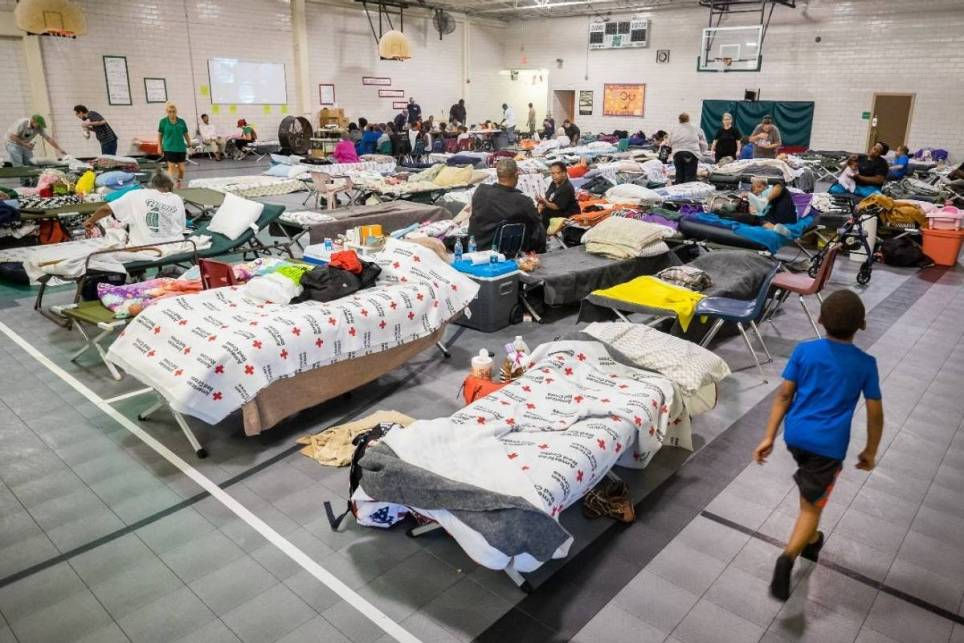Preparing for Wildfires: A Guide from Haven Ops
- 001S

- Jan 10
- 3 min read
Wildfires can be devastating and unpredictable, making preparation essential for protecting your home, family, and animals. As a Haven Ops volunteer with expertise in emergency planning and fire safety, I’m here to help you take proactive steps to safeguard what matters most. Whether you're dealing with pets, livestock, or simply ensuring your household is ready, this guide will equip you with actionable steps to face wildfire risks.

Steps to take before a wildfire:
Create a Defensible Space Around Your Home:
Clear flammable materials (dry leaves, dead plants, etc.) within 30 feet of your home.
Trim trees and bushes so they are at least 10 feet away from your house and each other.
Install fire-resistant landscaping, such as rock mulch and fire-resistant plants.
Prepare Your Home:
Use fire-resistant roofing and siding materials if possible.
Seal gaps in roofs, walls, and under decks to prevent embers from entering.
Install spark arresters on chimneys and stovepipes.
Keep a ladder accessible for roof access in case of embers.
Assemble an Emergency Kit:
Include water, non-perishable food, first aid supplies, flashlights, batteries, N95 masks, and a battery-operated radio.
Pack important documents, medications, and a phone charger.
For pets, include food, water, leashes, carriers, and vaccination records. For livestock, include feed, halters, and transport equipment.
Develop an Evacuation Plan:
Identify multiple evacuation routes and practice with your family.
Know the location of shelters or friends’ homes where you can go in case of evacuation.
Have a plan to transport pets and livestock, including trailers and vehicles.
Sign Up for Alerts:
Register for local emergency notifications through services like Nixle or FEMA alerts.
Follow local fire departments and emergency services on social media for real-time updates.
Prepare Animals:
Keep collars, tags, and microchip information updated for pets.
Identify evacuation locations for livestock, such as fairgrounds or other safe areas.
Train animals to load into trailers quickly and keep them accessible.

Checklist for During a Wildfire Event
Stay Informed:
Monitor emergency alerts and fire updates via radio, apps, or social media.
Follow evacuation orders immediately; don’t wait for conditions to worsen.
Secure Your Home Before Evacuating:
Shut all windows and doors but leave them unlocked for firefighters.
Turn off gas and propane supplies.
Move flammable furniture to the center of rooms.
Leave lights on to make your home visible in smoky conditions.
Evacuate Safely:
Follow your pre-planned evacuation routes.
Take your emergency kit and ensure all family members are accounted for.
Transport pets in carriers or on leashes, and move livestock to pre-identified safe locations.
Protect Animals During Evacuation:
Use reflective collars for pets to make them visible in low light.
Provide ample water and food for livestock in temporary shelters.
Notify local animal shelters or rescue groups if you’re unable to evacuate animals.
Avoid Returning Until It’s Safe:
Wait for official clearance before going back to your property.
Be cautious of smoldering debris, fallen power lines, and structural damage.
Additional Considerations for Pets and Livestock
Pet-Friendly Shelters: Research in advance which shelters or hotels in your area are pet-friendly.
Livestock Identification: Use tags, paint, or even braided identifiers with contact information to identify livestock in case they become separated.
Emergency Feed: Keep at least a week’s worth of food and water for all animals, stored in a location that’s easy to access.
Community Resources: Connect with local animal rescue organizations and farm groups for mutual aid during emergencies.



Comments